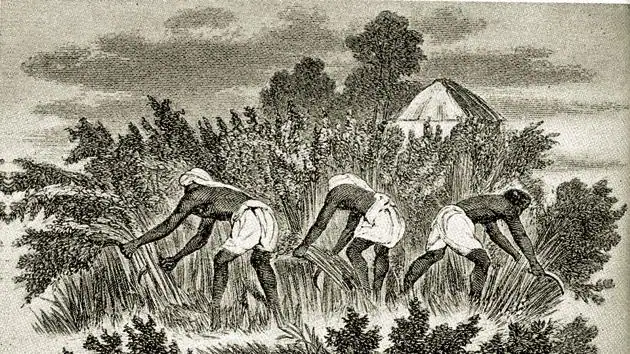After developing agitational/protest strategies in South Africa, Gandhiji left for India in January 1915. He made the decision to travel throughout India after arriving and abstain from taking a position on any political issue for at least a year.In 1917, Gandhiji was asked to investigate the problems of farmers in the Champaran district of Bihar.
The peasants were compelled by the European planters to use the tinkathia system to grow indigo on 3/20 of the total amount of land.

Significance of Champaran movement
- First lesson in disobedience movement:Gandhi traveled throughout the district, visiting various villages and listening to farmers’ complaints about forced indigo cultivation.The British government issued him an ultimatum to leave Champaran. Gandhi responded that he was prepared to bear “the penalty of civil disobedience” and refused to leave.Hundreds of Champaran tenants protested outside the jail, police stations, and courts as Gandhi was arrested. The government was compelled to release Gandhi because of this unusual form of resistance that emitted no violence. Here, Gandhiji said, “The nation had its first direct object-lesson in civil disobedience.”
- Beginning of Mass movement era: The Champaran movement marked the beginning of the mass movement era, as masses became involved in national movements from then on. Gandhi, through the Champaran movement, placed his faith in the common people, in contrast to Congress, which did not believe that the people were yet prepared for a mass movement.
- Emergence of Mass leader: Gandhiji used his South African experience to establish himself as a mass leader, beginning with the Champaran movement and progressing to the Ahmedabad and Kheda movements. He found his footing among the masses and gained a better understanding of their strengths and weaknesses.
- First demonstration of Non- violent Satyagraha: Gandhi demonstrated to the people the effectiveness of his satyagraha technique.
Conclusion
The Champaran movement is a watershed moment in the Indian independence movement because it marked the beginning of mass participation in the movement. Congress overcame its earlier concerns about the masses’ ability to organize a truly mass-based freedom struggle that resulted in independence from British rule.
Other Articles:
“Western Disturbances and its impact on the Indian weather system”

